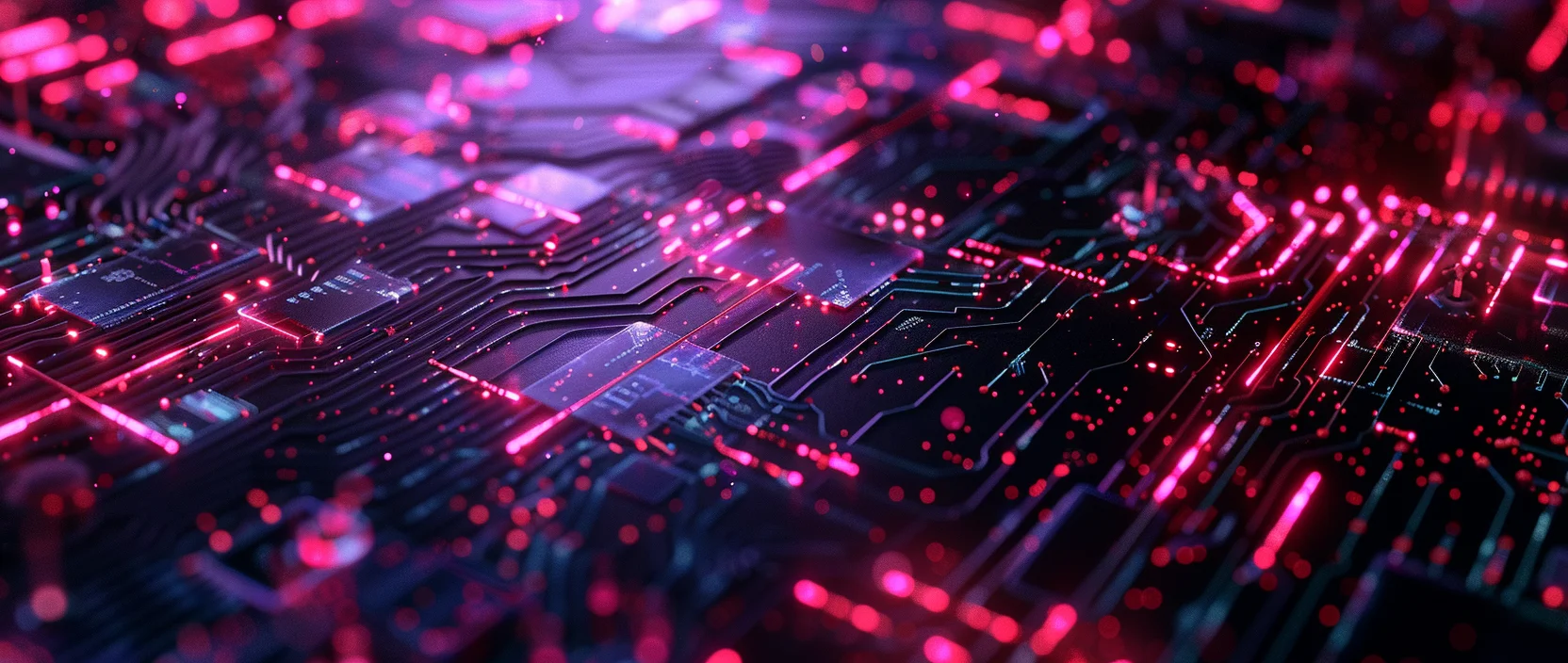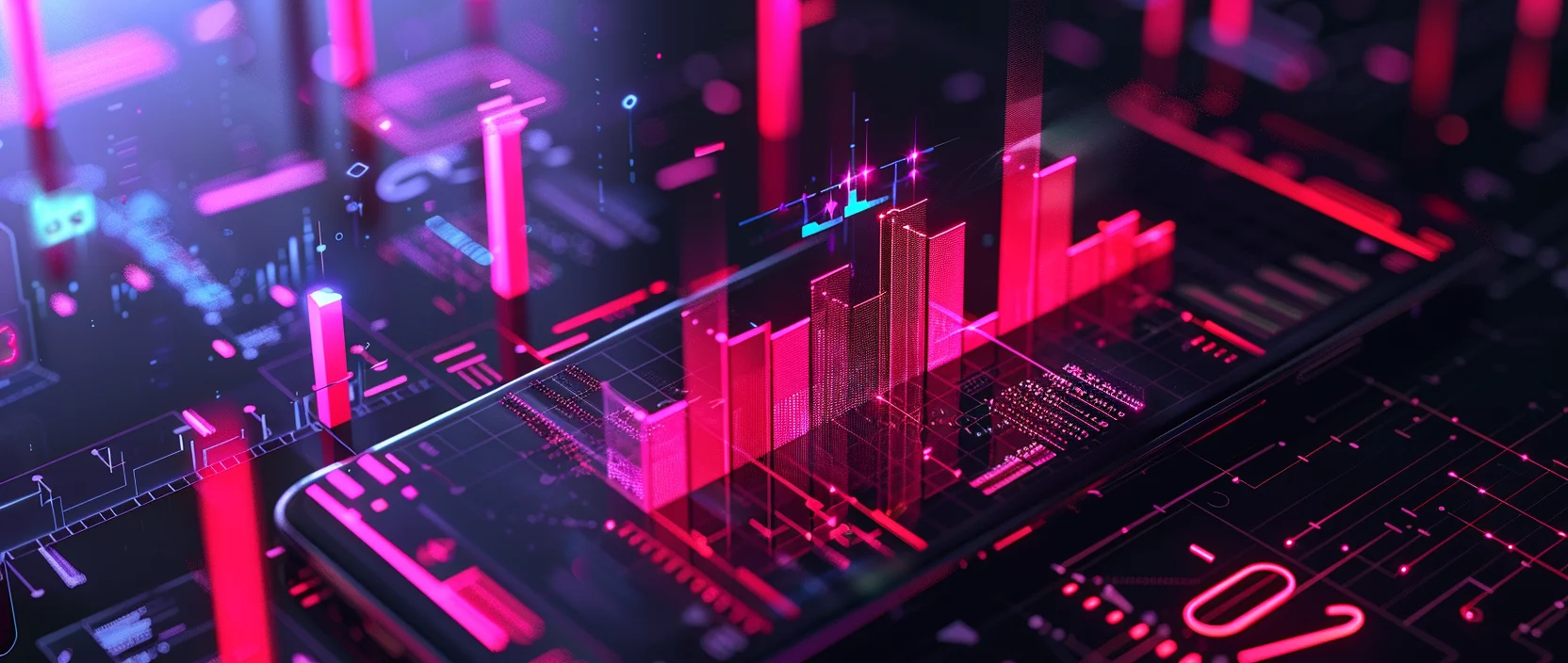GaiaNet is an innovative platform that merges blockchain and artificial intelligence—a decentralized network enabling users to create, deploy, and monetize their own AI agents on edge nodes. With token-based and DAO governance, GaiaNet builds a transparent ecosystem where intelligent services belong to the users and evolve with each new contribution. The launch of nodes, domains, and the AI smartphone app marks a leap forward for knowledge freedom in the Web3 era.
Contents
- GaiaNet's Vision and Mission
- Technical Architecture and Key Components
- Network, Token Economy, and Governance
- Ecosystem, Incentives, and Acceleration
- Funding and Current Growth
- Conclusion and Platform Outlook

1. GaiaNet's Vision and Mission
GaiaNet envisions a "living network where knowledge evolves"—a decentralized infrastructure that enables anyone to deploy AI agents enriched with personal knowledge and offer intelligent services directly to others. It presents an alternative to centralized LLM solutions, emphasizing data privacy, creator ownership, and equitable economic models.
By integrating blockchain, edge computing, and DAO mechanisms, GaiaNet builds a scalable network with transparent governance and distributed value. Participants can train and adapt agents to their needs while being rewarded for contributing to the system.
Ultimately, GaiaNet lays the foundation for an open AI layer where knowledge belongs to individuals, not corporations, and intelligent access becomes global, resilient, and decentralized.
2. Technical Architecture and Key Components
GaiaNet’s modular node design is tailored to run autonomous AI agents in a decentralized environment. Nodes can be deployed on both edge devices and cloud systems, supporting secure, scalable, and platform-independent execution.
Core components of a GaiaNet node include:
- WasmEdge Runtime — lightweight and fast execution engine for cross-platform deployment of agents.
- Finetuned LLM — user-trained language models adapted to specific tasks and knowledge domains.
- Embedding Model — knowledge embedding mechanism for efficient retrieval of contextual information.
- Vector DB (Qdrant) — node-hosted vector database for performance and data privacy.
- Prompt Management and Plugins — modular prompt system for dynamic instruction generation and external tool integration.
- OpenAI-Compatible API Server — unified interface supporting OpenAI-standard API calls.
This architecture enables rapid deployment of specialized agents with autonomous capabilities. Nodes are interconnected through DAO coordination, ensuring trust and decentralized governance. GaiaNet offers a robust technical foundation for next-gen human-AI interaction—transparent, distributed, and user-centric.
3. Network, Token Economy, and Governance
GaiaNet operates on its native utility token used for payments, staking, and DAO governance. This model fosters transparency and incentivized interactions between users, domains, and nodes.
Key token mechanisms include:
- DAO Governance — token holders can propose and vote on protocol changes.
- Trust Staking — users stake tokens on trusted domains and earn rewards while bearing accountability.
- Payment System — tokens are locked in smart contracts to access APIs and invoke agents.
- GaiaPoints — earned through contributions like node operations or DAO activity.
- GaiaCredits — internal currency used to pay for AI services, exchangeable with GaiaPoints or tokens.
This economic framework drives sustainable growth and ecosystem alignment. It ensures fair distribution of value—from agent developers to infrastructure validators—while maintaining security and autonomy in the Web3 AI economy.

4. Ecosystem, Incentives, and Acceleration
GaiaNet is building a full-stack ecosystem around nodes, domains, and end users. One of its standout features is Gaia Domains—human-readable addresses that simplify agent access, support Web2/Web3 integration, and enable monetization.
Key roles in the GaiaNet ecosystem:
| Participant | Role | Reward |
|---|---|---|
| Users | Interact with agents and make API calls | Earn GaiaPoints for activity |
| Node Operators | Deploy and maintain AI nodes | Receive GaiaCredits for inference and computing |
| Domain Operators | Manage Gaia Domains and connect them to agents | Earn tokens for domain traffic and registration |
GaiaNet also encourages engagement through hackathons, quests, and IRL events to onboard developers, entrepreneurs, and validators. This community-centric strategy strengthens the network effect and supports long-term ecosystem growth.
5. Funding and Current Growth
In July 2025, Gaia Labs raised $20M in a combined Seed and Series A round led by ByteTrade/SIG Capital and Mirana/Mantle. Other participants included Outlier Ventures, NGC Ventures, Consensys Mesh, and leading Web3 investors.
The project already shows strong traction with over 700,000 active nodes, 17+ trillion inference calls, and millions of wallets integrated across domains and ecosystems.
Gaia has also announced a proprietary AI smartphone based on Galaxy S25 Edge, featuring native offline inference and full user data privacy. This limited-edition device marks Gaia’s entry into the consumer AI hardware market and pushes the vision of decentralized personal AI even further.
6. Conclusion and Platform Outlook
GaiaNet merges blockchain and AI to establish a decentralized infrastructure where intelligent agents are user-owned and accessible without intermediaries. Its modular architecture, token economy, and DAO system offer a new paradigm for AI deployment and governance.
With massive scale already achieved, $20M in funding secured, and an AI device launch in the works, GaiaNet is poised to redefine digital intelligence. The roadmap includes expanding network capabilities, refining tools, and releasing new applications.
Ultimately, GaiaNet aims to become a foundational layer of the decentralized AI economy—where intelligent services are powered by user-contributed knowledge and governed by distributed trust. It is a step toward a future where knowledge is sovereign and AI is truly open.




